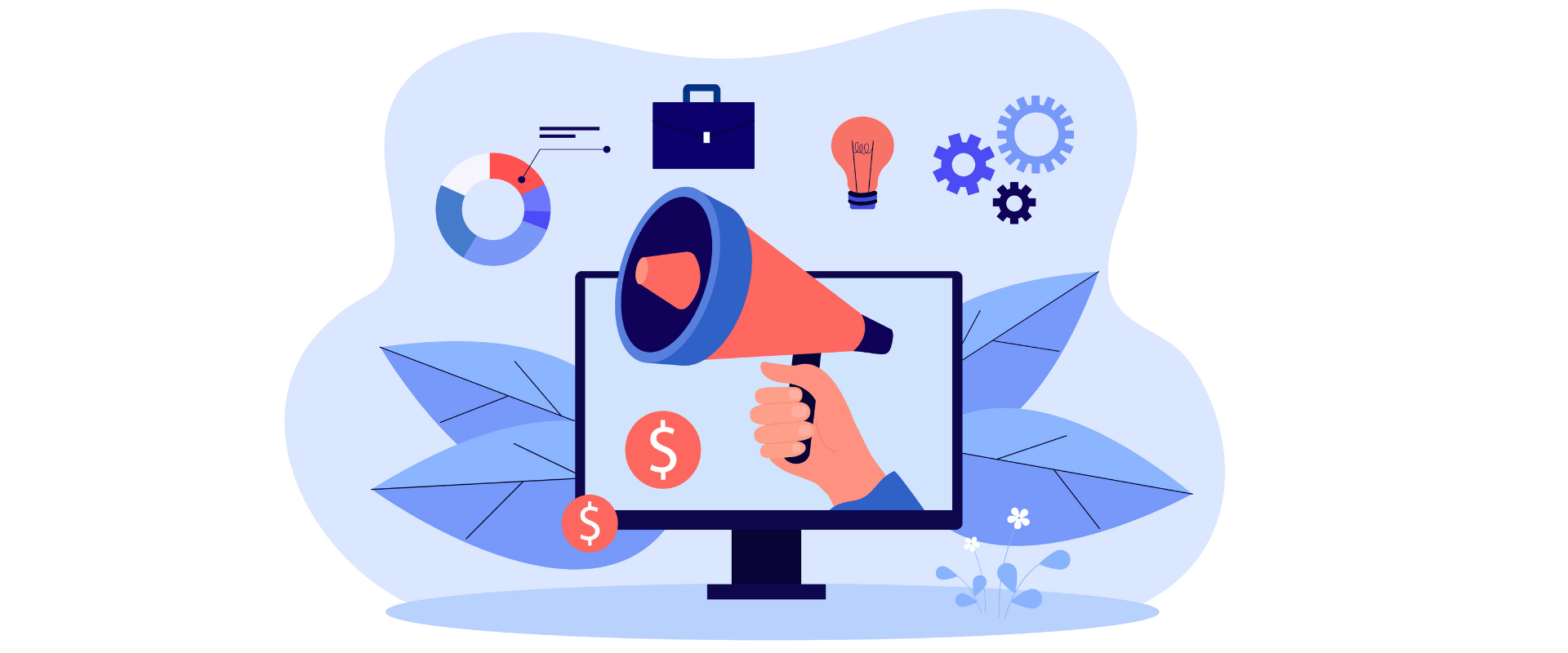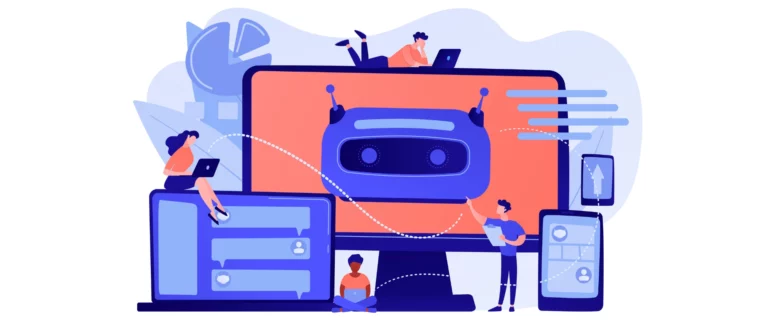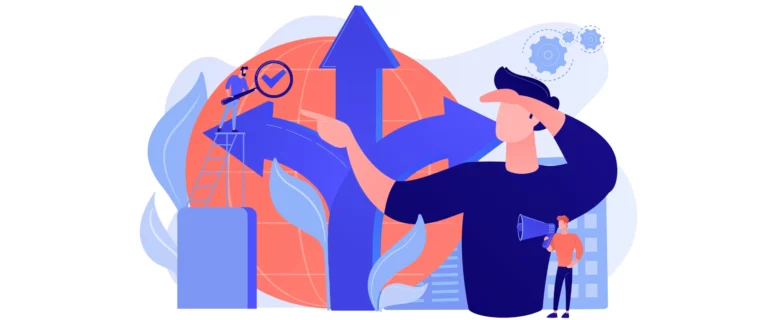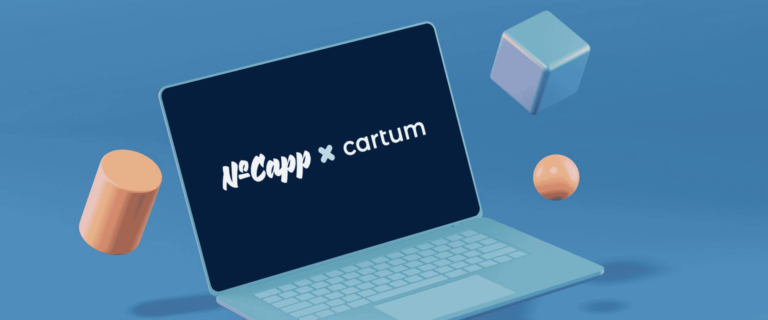Upselling gets a bad rep because it often brings to mind pushy car salespeople. But when done right, it can elevate your customer’s experience and increase your revenue at the same time. The key is value-first selling, where the upsell makes sense, feels relevant, and improves the outcome for your customer.
In this guide, we’ll show you how to build an upselling strategy that feels natural and effective – not aggressive. You’ll also learn how to use NoCapp to enhance your upsell offers across landing pages, email flows, and checkout screens.
What Is Upselling (and How It Differs from Cross-Selling)?
Upselling is the practice of encouraging a customer to purchase a higher-end version of the product they’re considering or to enhance their order with additional premium features.
For instance, if someone’s buying a basic laptop, offering them a version with a faster processor and more storage is an upsell. The goal is to increase the value of each transaction by helping the customer get more from their purchase.
Cross-selling, on the other hand, involves suggesting complementary products—items that go well with what the customer is already buying. Think headphones with a phone or a case with a tablet.
While both aim to increase revenue, upselling focuses on enhancing the core product.
Why Upselling Matters
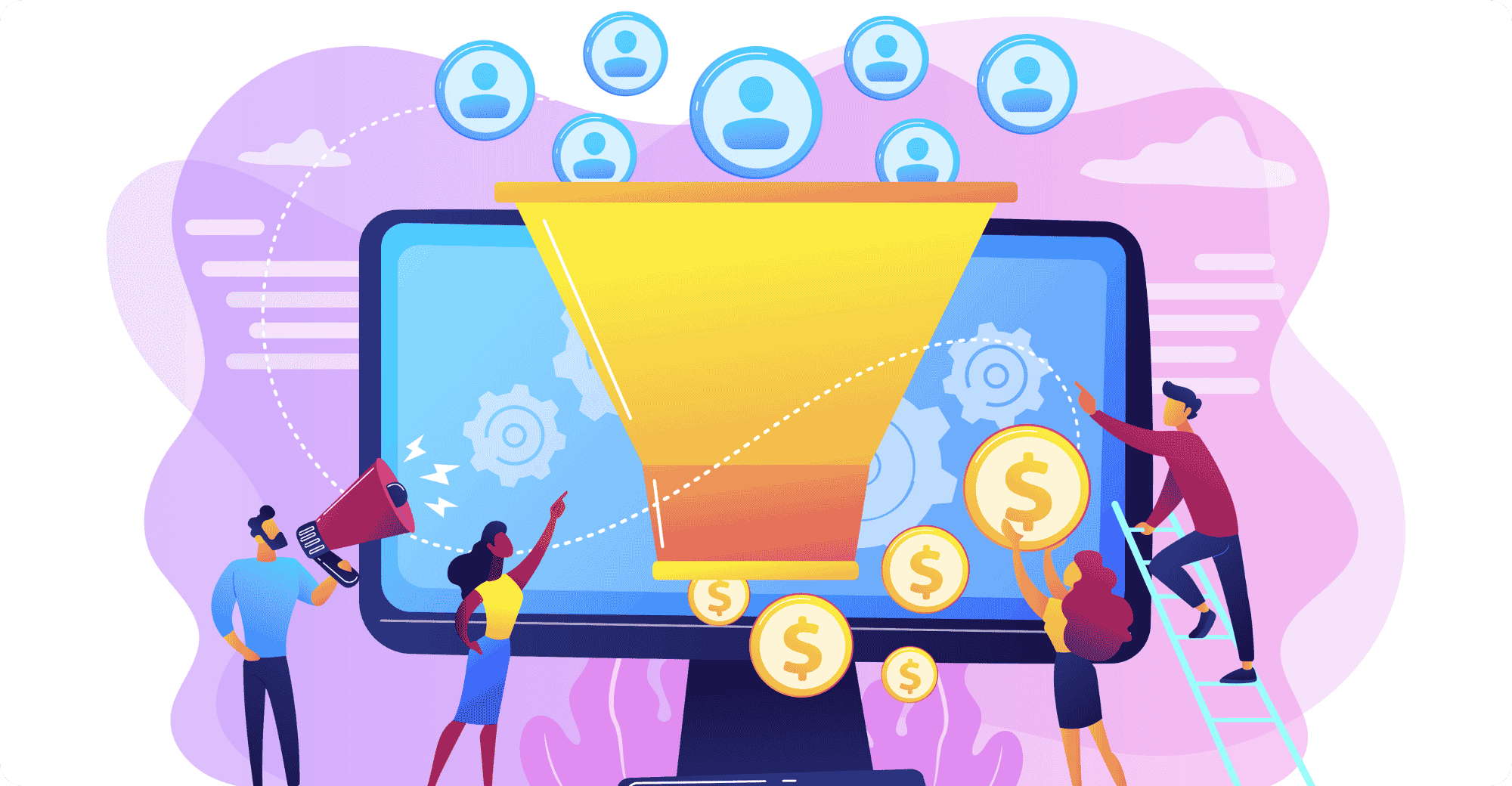
When done well, upselling leads to multiple long-term benefits:
Increased Revenue: By encouraging customers to upgrade or add value, you naturally raise the average order value.
Improved Customer Experience: Upsells often provide features that make the customer’s life easier or better.
Higher Lifetime Value: A positive upsell experience builds trust and can lead to more frequent purchases in the future.
The key is subtlety. Irrelevant or overly aggressive upselling can backfire. That’s why timing, context, and clarity are everything.
6 Smart Upselling Techniques
1. Offer Premium Versions
Create clear product tiers that make sense for your customers. Whether you’re selling software, fashion, or home goods, your higher-priced offerings should deliver additional value that’s visible and compelling.
Highlight what makes the premium option better: faster delivery, exclusive features, or better durability. Use side-by-side comparisons and emphasize the long-term savings or benefits of going premium.
2. Add Subscriptions
Recurring revenue is gold. Many products—like supplements, cosmetics, or office supplies—are ideal for subscriptions.
Make it enticing by offering perks: a small discount, free shipping, or early access to new releases. Emphasize the convenience factor—”You’ll never run out again!”—and allow for flexible cancellation terms.
3. Leverage Bundling
Packaging products or services together can feel like a deal to the customer and is great for AOV (average order value).
For example, instead of selling just a yoga mat, offer a bundle that includes a mat, strap, and cleaning spray at a slight discount. It makes the purchase decision easier and increases perceived value.
Bundling also works well with digital goods—ebooks, courses, or templates—where adding more doesn’t significantly increase your cost.
4. Display Dynamic Free Shipping Indicators
Let customers know how close they are to a free shipping threshold. This strategy not only increases cart value but gives shoppers a goal to hit.
For example, show a progress bar with: “You’re $12 away from free shipping!” It’s a great nudge to add another product.
You can also combine this with an upsell: “Add X product and get free shipping + 10% off!”
5. Use the Power of Three
Offer three pricing tiers: entry-level, recommended, and premium. Most people naturally gravitate to the middle option when presented with three choices (this is called the “compromise effect”).
You can guide their decision with subtle visual cues—like highlighting the middle option or tagging it as “Best Value.”
Pair this with pricing psychology: Show original prices crossed out or emphasize savings.
6. Highlight Social Proof
Seeing others choose an upsell makes it more trustworthy. Add reviews, testimonials, or stats like “70% of customers choose this option.”
Use media like video reviews or influencer shoutouts to reinforce that this isn’t just a better product – it’s a better experience.
Where to Place Your Upsells
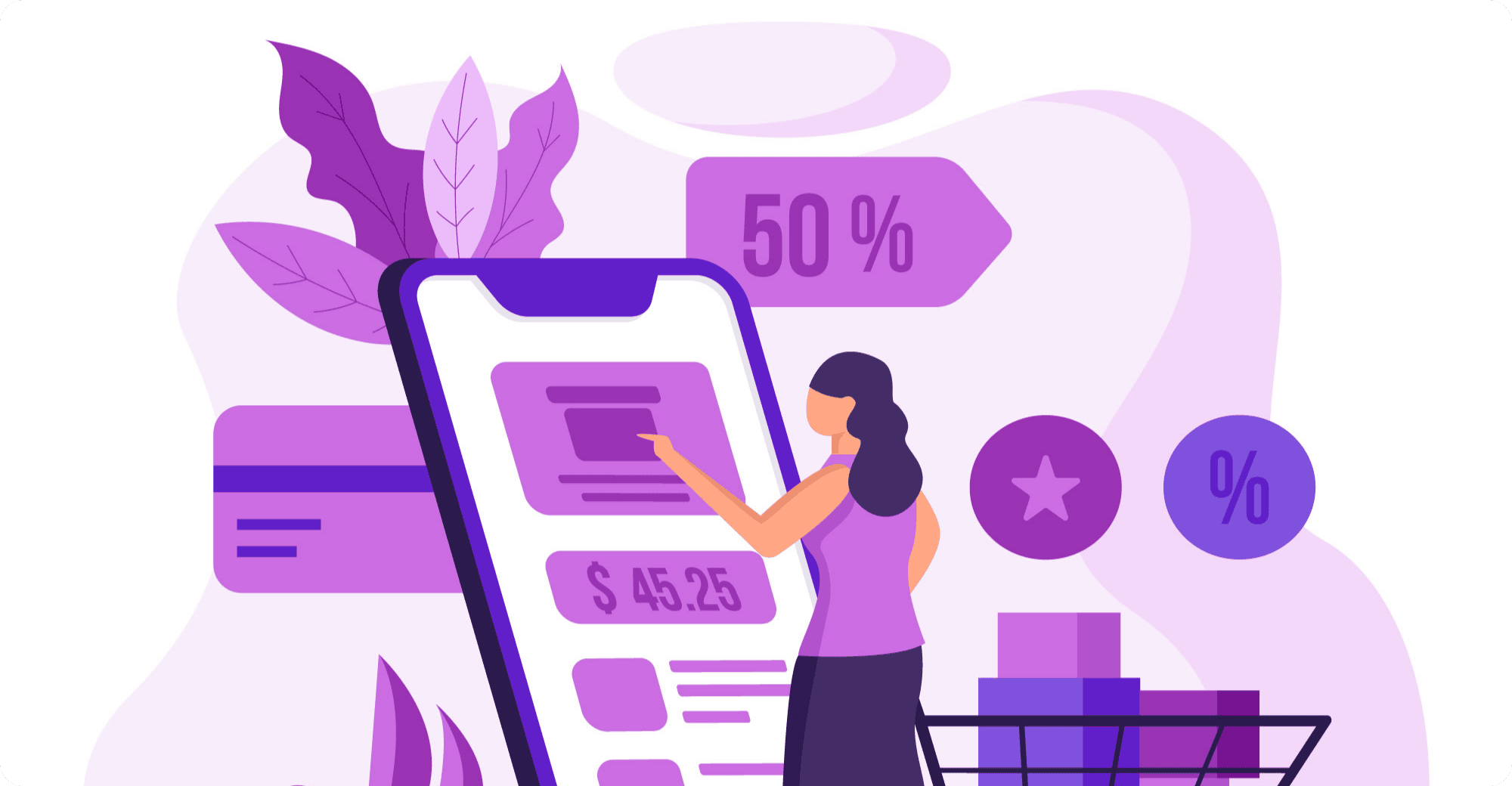
Product pages: Highlight premium alternatives or bundles next to the main product.
Cart and checkout: Offer quick, one-click add-ons or upgrades with persuasive messaging.
Post-purchase pages: Don’t underestimate the thank-you page. It’s a great place to offer limited-time upgrade opportunities.
How NoCapp Helps You Upsell (Without Slowing Down Your Site)
NoCapp makes upselling more dynamic by letting you add short, compelling video content anywhere in your customer journey—without compromising speed or performance.
All content is hosted externally and optimized for fast, seamless playback, meaning your page speed and UX remain unaffected.
With NoCapp, you can:
Embed explainer videos beside premium product options to showcase benefits
Show testimonials or influencer reviews near the checkout to increase confidence
Place limited-time video offers on post-checkout pages
Use personalization tokens to swap video content based on what’s in the cart, and trigger popups with upsell content at just the right moment.
NoCapp’s strength lies in making video-driven conversions effortless—especially when you want to upsell visually.
Best Practices for Effective Upselling
- Keep It Relevant
If you offer a random upgrade, you’ll lose trust. Use behavioral data (cart content, page views, etc.) to match the upsell with the customer’s interests. - Cap the Price Jump
Don’t upsell a $50 product with a $200 alternative. Ideally, keep upsells within 20–30% of the original product’s price. - Use Scarcity Carefully
Limited-time language can work, but don’t fake urgency. Combine scarcity with value – “Only 15 bundles left this month.” - Be Transparent
Show the exact cost of the upgrade. Compare features side-by-side, and avoid hidden fees. - Automate the Experience
Set up trigger-based automations using tools like Klaviyo, Hubspot, or even Shopify apps to deliver upsells at the best time – via email, SMS, or in-site banners.
Upselling Metrics to Watch
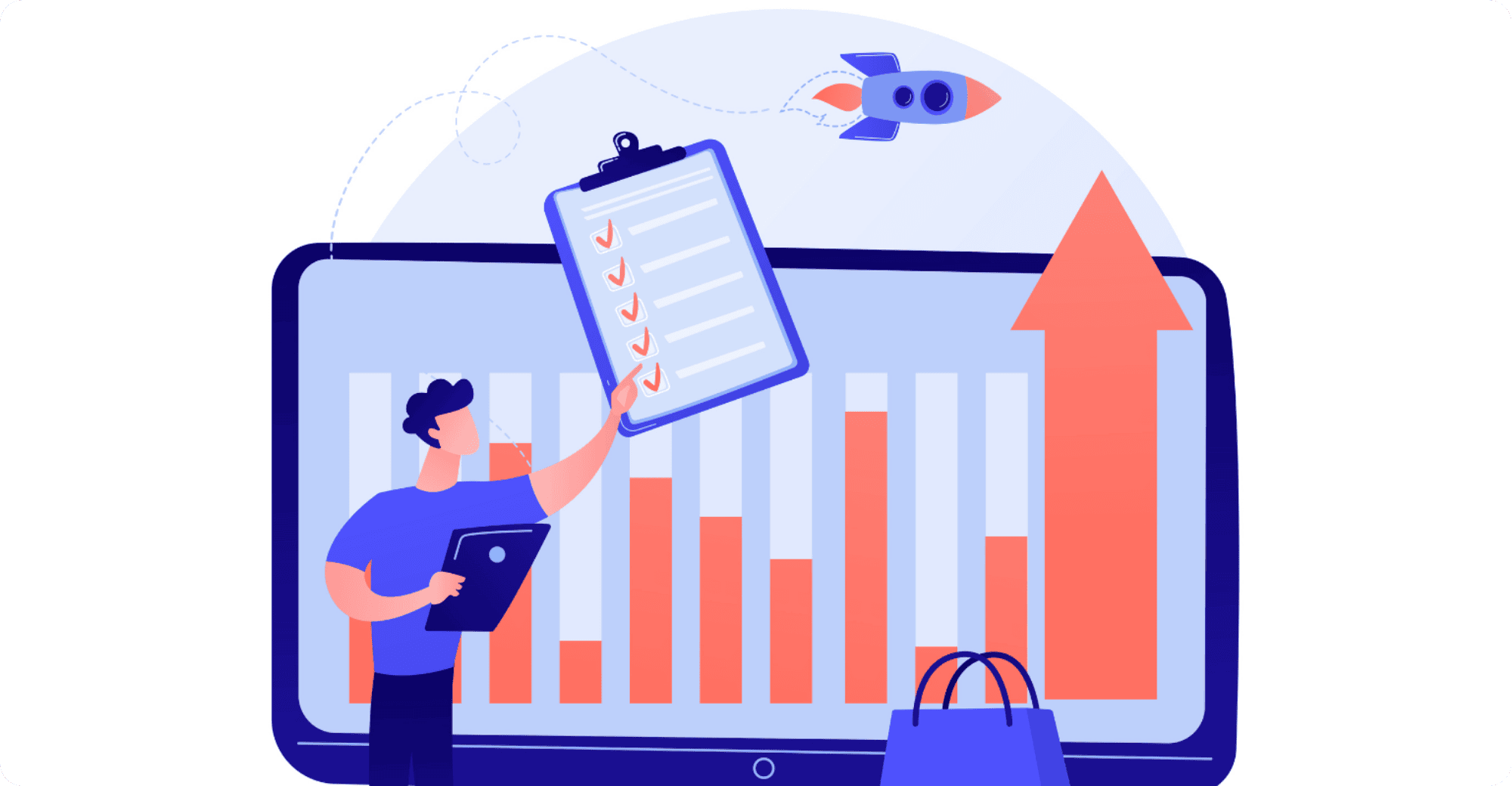
To know if your strategy is working, track these KPIs:
Upsell Conversion Rate – % of users who accept upsell offer
Average Order Value (AOV) – Higher AOV usually means better upselling
Customer Lifetime Value (CLV) – Great upsells build long-term loyalty
Cart Abandonment Rate – Poorly timed upsells can increase drop-offs
Use A/B testing to refine messaging and design, and don’t forget to segment your offers.
Final Thoughts
Upselling isn’t about squeezing more money from your customers – it’s about helping them get the most value from their purchase.
When tailored, timely, and supported by content (like videos via NoCapp), upsells feel less like sales and more like solutions. They show customers you understand their needs—and that you’re invested in making their experience even better.
Want to see how NoCapp powers high-performing, conversion-optimized upsells? Book a demo today and turn your traffic into long-term growth.
